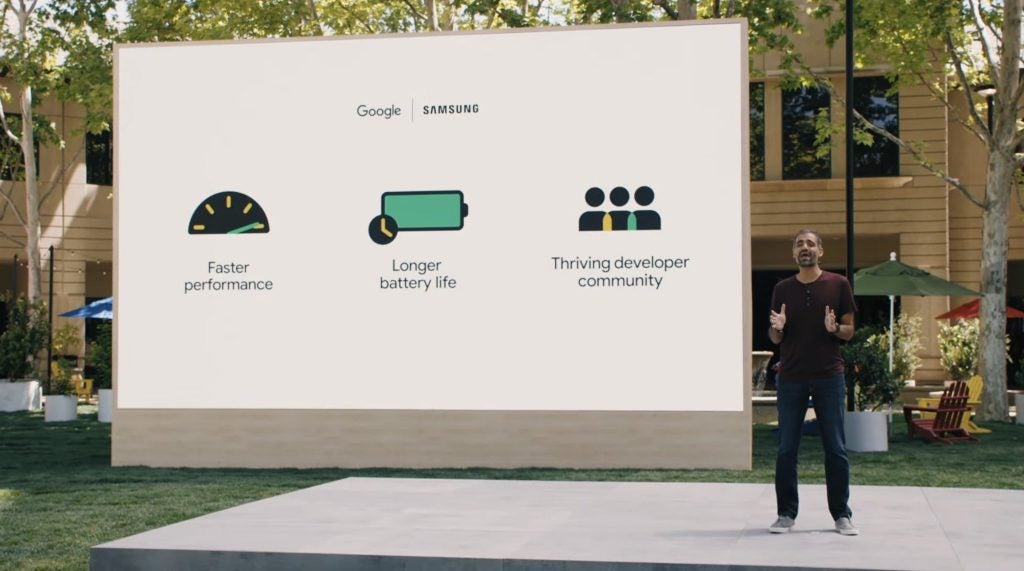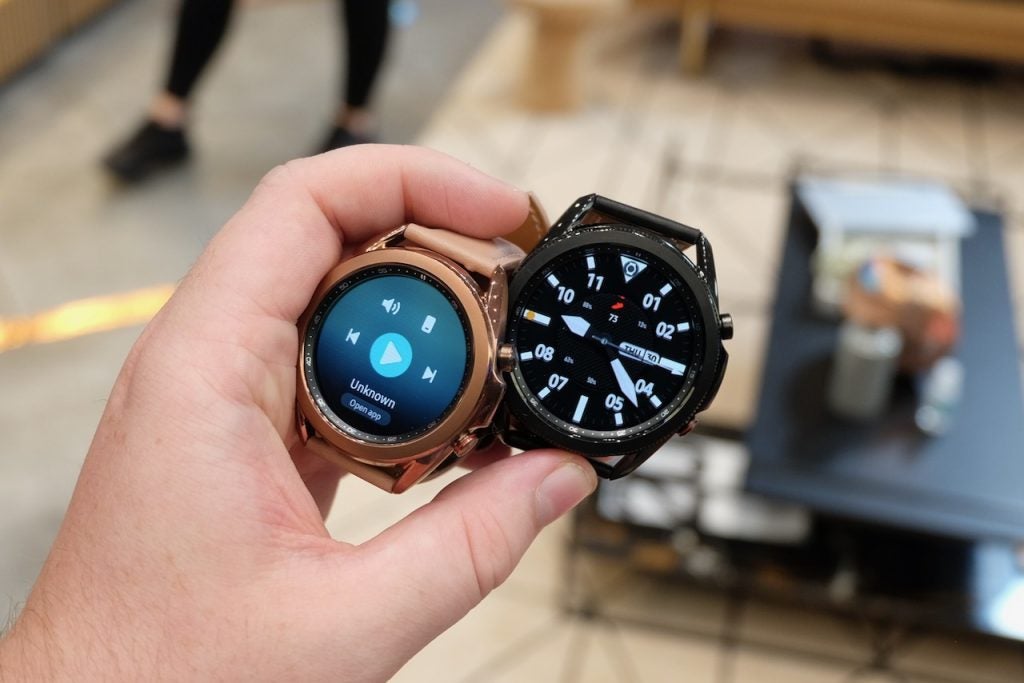The Samsung Galaxy Watch 4 is set to arrive later this summer and it promises to be momentous upgrade. Here’s the latest news on software, specs, features, price and release date.
The Samsung Galaxy Watch 4 just became one of the most eagerly awaited devices of the year. From hoping for better battery life and a few more apps, we’re now looking forward to an entirely new proposition and perhaps the real Apple Watch rival Android users have been waiting years for.
During Google I/O, the company announced its announced it was merging Wear OS with Samsung’s Tizen and throwing the Fitbit OS health tracking tech in for good measure. It’s a shoo-in for our best smartwatch list, so here’s what we’re expecting from the most anticipated Wear OS watch in, well, ever.
Samsung Galaxy Watch 4 to run new Google Wear OS
Google announced the “biggest update to Wear OS ever” during Google I/O. Tech companies trot this line out all the time, but this time it’s actually accurate. The company has neglected its wearable operating system for years, but those days are seemingly over.

Wear OS will merge with the Tizen OS currently powering the Galaxy Watch 3 and previous Samsung releases. The health and fitness skills will be handled by Fitbit, which Google purchased last year. We’d be shocked to the core if the Galaxy Watch 4 wasn’t powered by this new operating system after Samsung and Google decided the best way to beat the Apple Watch was together.
Our own Tom Deehan reckons the pairing has what it takes to dethrone the Apple Watch entirely.
Samsung Galaxy Watch 4 design and features
Over the years, Samsung has built up to a beautiful design language for the Galaxy Watch range. We wouldn’t expect that to change too much with the Galaxy Watch 4. It’s likely the watch will retain its circular face, AMOLED touchscreen and 360 x 360 resolution. It’s likely the size options will remain at 41mm and 45mm, but rumours have spoken of both being bumped up by a millimetre for 2021.
There was standalone 4G connectivity available for an additional fee last time around. We can’t see the Galaxy Watch 4 being 5G compatible, due to the price and potentially negative effects on battery life for a device that already struggled to last for more than a couple of days. We can continue to expect standalone GPS and the continued presence of the ECG monitor that can pick up an irregular heartbeat. Some rumours suggest a blood glucose monitor to join the blood-ox sensor.

There may be some internal changes though, with rumours the device will run on a brand new 5nm processor, which would replace the current Exynos 9110 (10 nm) chip within the Galaxy Watch 3. The current watch offers 8GB of storage for apps and music, while there’s 1GB of RAM. It’s possible, but perhaps not likely that’ll be boosted.
The thing most want to see is a bigger or more efficient battery. Our review last year described it as “mediocre”, even in the lager 45mm that offered a 340mAh cell that lasted for 2.2.5 dates with general usage.
Samsung Galaxy Watch 4 release date
This might be here sooner rather than later. Samsung traditionally outs new watches alongside its Note series of smartphones. We’d expect that pattern to continue. Last year the Galaxy Watch 3 went on sale on August 6 after being revealed a day earlier at the Samsung Unpacked Event.
Samsung Galaxy Watch 4 price
This is a premium smartwatch, designed to accompany a flagship smartphone. Its launch price was £399, which is about in line with the Apple Watch Series 6, albeit there are countless configurations for that model.
